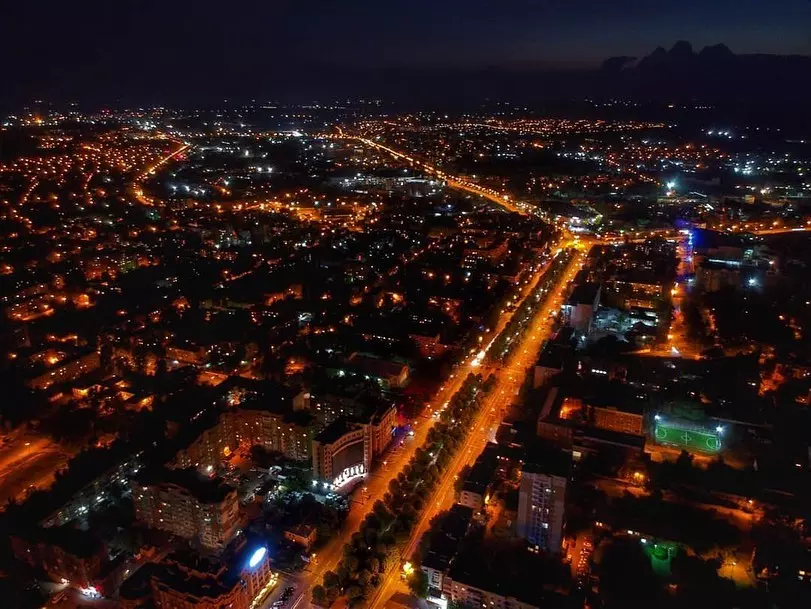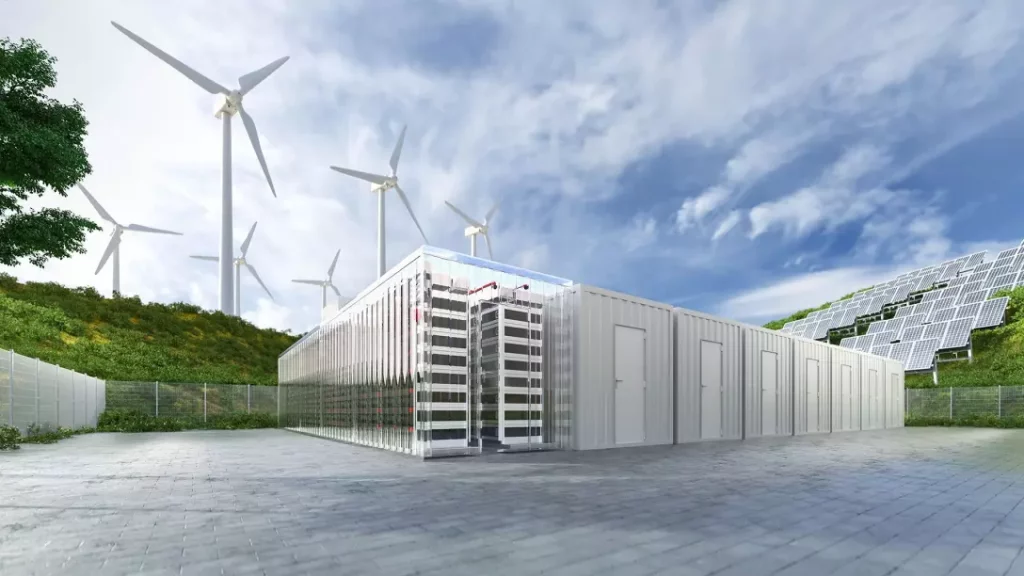
Ukraine in the EU’s Energy Focus: Green Integration as Part of Enlargement
05.11.2025A European Report That Redefines Enlargement
The European Union has presented an analytical document titled “EU Enlargement,” which establishes a new framework for expansion and integration. This time, the focus extends beyond political reforms — energy and climate policy have become central pillars of the EU’s strategy.
In the report, Ukraine is defined not merely as a candidate country but as a model for a new type of integration — a state whose post-war reconstruction will serve as the first true test of the European Green Deal.
“Ukraine’s reconstruction will be the EU’s first test of aligning post-war recovery with the Green Deal objectives,” — the report states.
Thus, Europe views Ukraine’s recovery not as an act of aid but as a strategic partnership project, designed to strengthen the continent’s energy and economic security.
Renewable Energy, Hydrogen, and Decarbonization — The Key Directions
1. Renewable Energy Sources (RES)
The EU acknowledges that Ukraine can become the green energy cluster of Eastern Europe.
By 2030, the share of renewables in Ukraine’s energy mix could reach 30%, provided grid stability and financing are ensured.
Priority regions for development include Mykolaiv, Odesa, Kirovohrad, and Central Ukraine.
A separate focus is placed on the potential of offshore wind energy in the Black Sea — up to 10 GW of capacity.
2. Hydrogen Energy
Ukraine is positioned as a future hydrogen hub within the European Hydrogen Backbone, capable of supplying up to 8 million tons of green hydrogen annually after 2030.
Transit through Poland, Slovakia, and Romania will become part of the EU’s shared hydrogen infrastructure, with the first pilot projects already supported by Hydrogen Europe and the European Investment Bank.
3. Industrial Decarbonization
Ukraine may become a supplier of green materials for the European market.
This includes modernizing metallurgy, cement, and chemical industries using green steel, DRI, and carbon capture technologies.
Mariupol and Kryvyi Rih are identified as potential hubs for green industrial clusters.
The report also recommends aligning Ukraine’s emissions trading system (ETS) with the EU ETS to avoid the effects of the Carbon Border Adjustment Mechanism (CBAM).
4. Institutional Integration and Financing
The plan envisions the creation of an EU–Ukraine Green Alliance and a new Green Reconstruction Facility — a financial instrument that will combine the resources of the European Investment Bank (EIB), the European Bank for Reconstruction and Development (EBRD), and private investors.
By 2027, it is planned to invest €1.5 billion in renewable energy projects and €600 million in industrial decarbonization.
The EU’s strategic goal is to make “Ukraine’s energy transition irreversible before accession.”
Ukraine — Europe’s Green Asset
The EU now views Ukraine not merely as a beneficiary of aid but as a fully integrated participant in Europe’s clean energy ecosystem.
Our resources, geographical position, and technical base make the country a vital element in building a continental clean energy network from the Atlantic to the Black Sea.
For Global 100 RE Ukraine, this report is a strategic signal:
Europe no longer sees enlargement as a political gesture but as an energy partnership that ensures shared security.
Ukraine is becoming the EU’s green asset — proving that recovery can be not only economic but also climate-responsible.
This is a path where reconstruction and the green transition merge into one process, shaping the future of Europe’s energy system.
Become a member of 100 RE UA
Switching to 100% renewable energy in Ukraine is possible!


